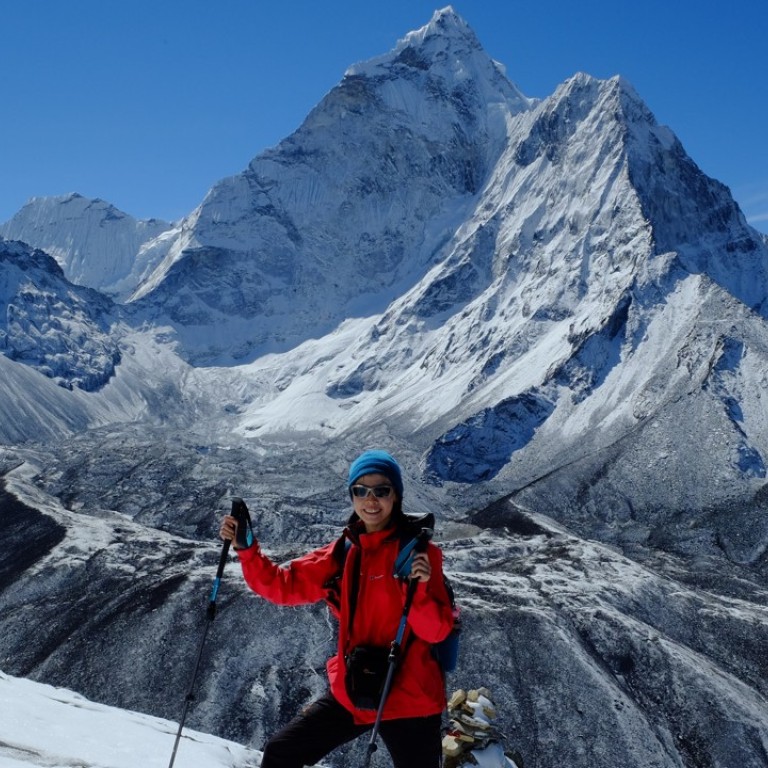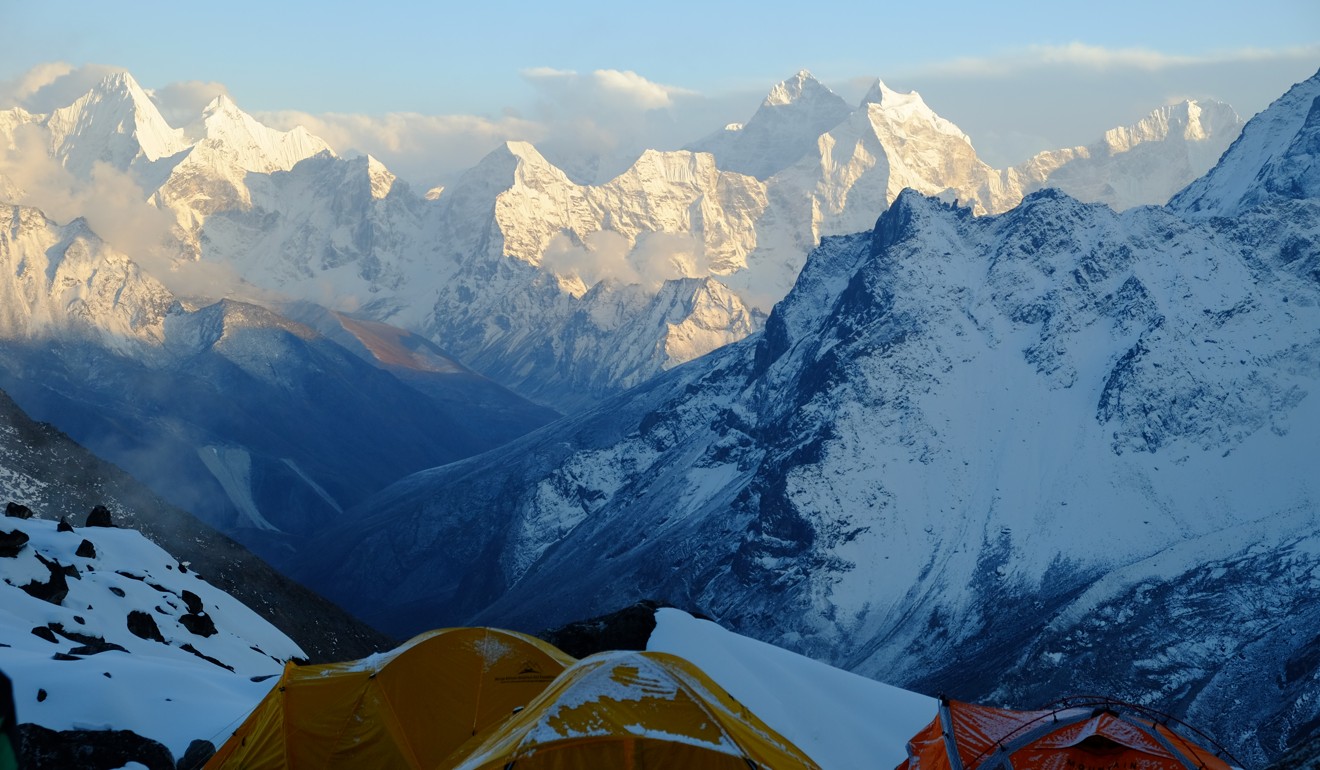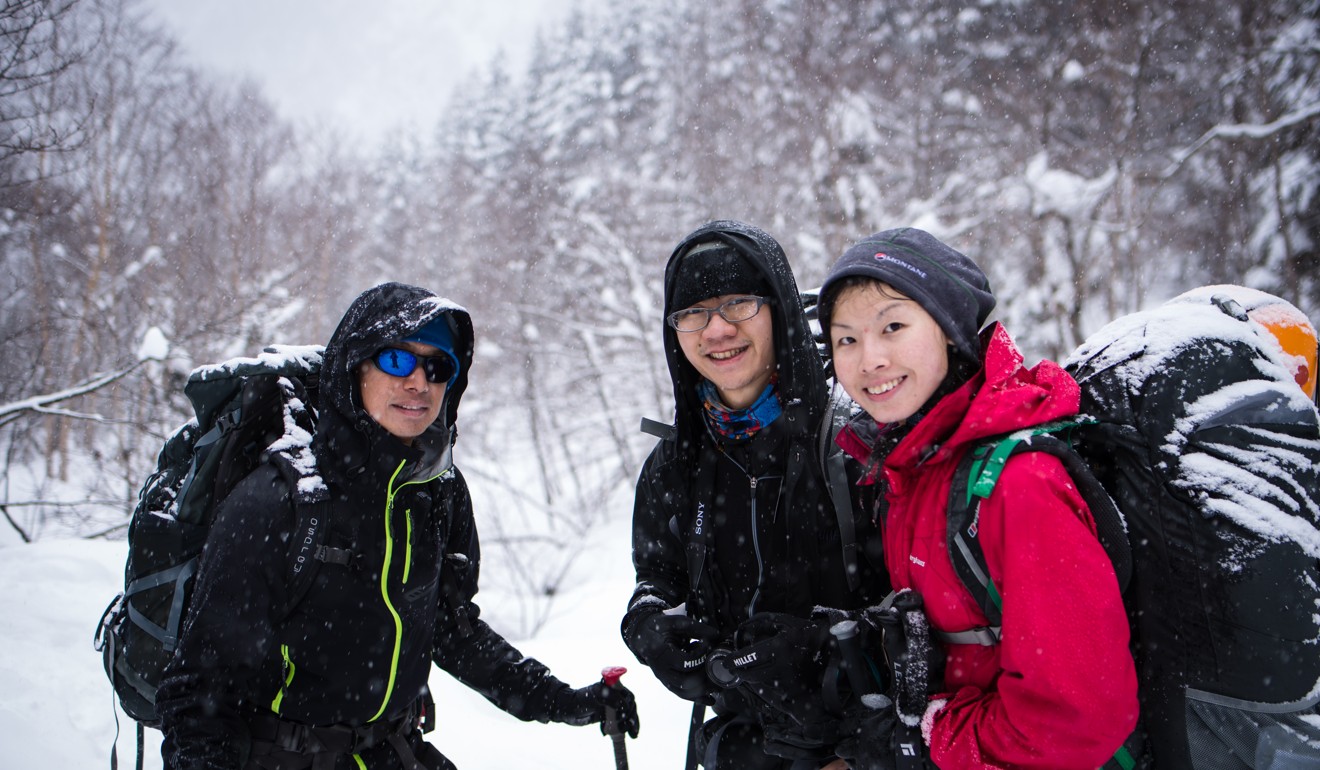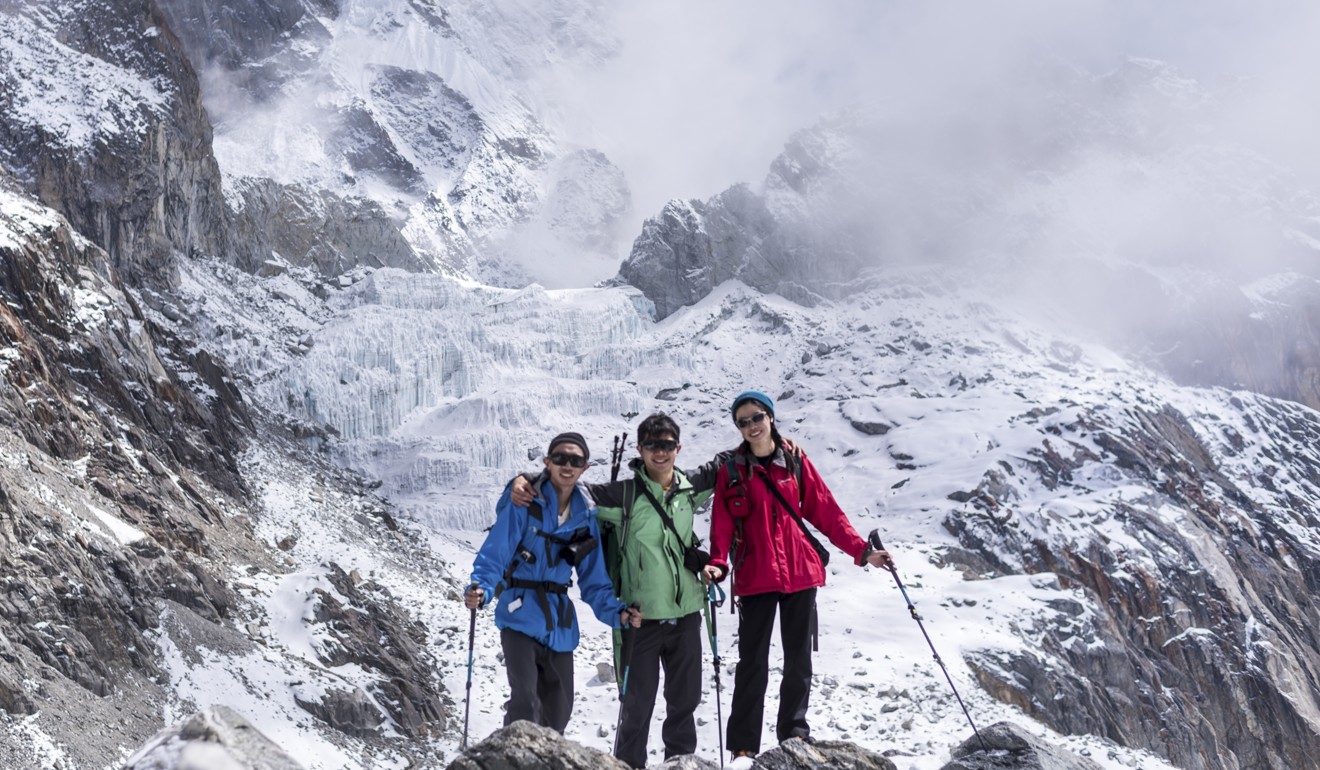
Mountaineer doctor awed by Himalayas and inspired to help others by qualifying as high-altitude medic
Intensive care doctor in Hong Kong who sees patients close to death and regretting things they haven’t done is determined to live life to the fullest, and test her limits, on peaks of the Himalayas
Ask high-altitude mountaineers why they risk frostbite and death in pursuit of a hobby, and each will offer different reasons. In the case of Hong Kong doctor Harmony To, she climbs mountains to test her limits, and so that she leaves this world with no regrets – unlike the patients near death she treats in intensive care who “chickened out on trips when they were young”.
Most of all, she seeks experiences far removed from daily life.
To doesn’t see herself as a thrill seeker, but understands that some climbers are “totally addicted to the adrenaline rush and thrill of it all” – people like Hong Kong mountain guide John Tsang, who led To and her companions on a climb to a 6,119-metre summit in Nepal in April this year.
During that climb, To and her party met a group of Indians who had recently conquered Mount Everest.
She asked one of the expedition members, a native of Darjeeling in the foothills of the Himalayas, why he did it. He regaled her with his past adventures, and explained how Everest was near his hometown so he could not pass up the opportunity.

“He pointed to this peak and that peak and said, ‘I’ve been to that one around three or four times’,” she recalls, noting the blasé way he said it, like listing grocery items to buy at the supermarket. “That’s when I realised: there are people who are naturally inclined to mountains.”
Talking about their ascent in Nepal, of a peak called Lobuche East, the 27-year-old reveals another of the lures of climbing: the view. “There were these humungous giants peeking out of the clouds during sunrise, which is amazing, and you’re literally above the clouds up there,” she says. Those “giants” protruding from plumes of cloud included Mount Everest.
The doctor, who is in her fourth year of an intensive care residency, had long been preparing for the high-altitude climb, having trekked to the summit of Malaysia’s 4,095-metre Mount Kinabalu, and to the snow-capped summit of Siguniang Peak in Sichuan, southwest China, in 2014. The following year, she and her climbing companions sought out Tsang, founder of guiding outfit Alpine Adventure Travel, to help them tackle higher, more challenging ascents, for which they would need training in alpine mountaineering.

In 2016, she took a course in Japan on mountaineering basics, such as roping with peers, and how to use an ice axe – skills she put into practice in an ice climb that same year on Mount Yatsugatake northwest of Tokyo. In the winter of 2017, they took a shot at 3,996-metre Mount Fuji, guided by Tsang.
To stay fit for climbing mountains, To fits in two runs a week – from her home in Kennedy Town up The Peak – around her work at a public hospital, where 36-hour shifts are common.
Meet the Hong Kong canyoning junkies pushing their limits
Experiencing awe in the high mountains has changed To in enduring ways. She harbours a greater respect for the environment. “No matter how great a mountaineer you are, you learn you’re not equal to nature, you are at the mercy of nature out there,” she says.
During the climb in April, she recalls, the weather was crystal clear initially but later, a snowstorm suddenly erupted. They descended fast to a nearby village. She is grateful Tsang and his Sherpa team’s decisions and teamwork got everyone down safely.

One concern To observed in the climbing scene is mountaineers, particularly from the West, who hire locals to carry their loads up mountains, then, after reaching a summit, return to their comfortable lives. She appreciates the way Tsang stays connected to and supportive of the Sherpas and their communities in Nepal.
She observed this in 2015, after an earthquake killed nearly 9,000 people in Nepal and left many Sherpas homeless. Tsang helped raise funds in Hong Kong and made sure the money was used to pay for the construction of more than 40 homes.
“This is one of the ways he gives back. It’s not like he is there like the tourists that arrive, climb, then pack and go,” she says.

To’s adventures have inspired in her an ambition to become a doctor specialising in high-altitude medicine.
“American and Swiss climbing teams have team doctors at [their] base camp that [support them on climbs],” she says. Hongkongers and other Asian mountaineers don’t have such dedicated support.
“No doctors in Hong Kong are qualified for high-altitude medicine,” To says. She hopes to get qualified and one day find a position aiding high-altitude mountaineers.
“I want to help expeditions be more safe so everyone can reach higher peaks in a safer way,” she says.
This the second in a series of three stories on mountaineers.

